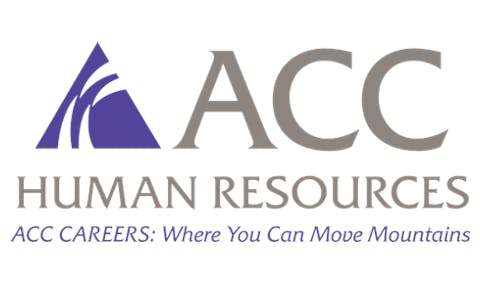The U.S. job market may not be as strong as you think, and for many, especially male students of color, the reality is far more troubling.
 Dr. Mordecai Ian Brownlee
Dr. Mordecai Ian Brownlee
Understanding Market Implications
To further complicate the future of the U.S. job market, America has failed to address its gender gap trends that have continued to grow in the critical areas of enrollment and graduation rates. According to a 2024 study by the American Institute for Boys and Men, men are also less likely to complete college than women – and this gap tends to be wider for Black and Hispanic men. As displayed here by the National Center for Educational Statistics, the percentage of Bachelor’s degrees conferred to men in 2021 was 42%, down from 57% in 1970. Interestingly, according to the AIMB study, the rate of immediate college enrollment for men is the same in 2022 as it was in 1964. Unfortunately, the story continues to grow dimmer for men.
According to an analysis of U.S. Current Population Survey data, the unemployment rate of Gen Z males aged 22 to 27 is roughly the same, regardless of whether they have obtained a college degree. In a comparison among Gen Z, Millennials, Gen X, and Baby Boomers, a study now shows that about 58% of recent Gen Z graduates are still seeking full-time work, compared to 25% of earlier generations. Further shaping the labor and employment landscape is a projection by the U.S. Bureau of Labor Statistics (BLS) that 6.7 million jobs will be added to the economy by 2033. However, as the retirement of Baby Boomers continues over the next several years, the number of Americans aged 16 and older is expected to decline during that same period, a phenomenon known as the U.S. demographic decline or, in the educational sector, the enrollment cliff.
Expanding Access and Changing Stigma to Create Opportunity
While America’s dire need for a prepared and skilled workforce will undoubtedly grow, the question for higher education becomes how to inspire more prospective learners and current academically enrolled male learners into educational pathways that will be in demand for the foreseeable future. A recent study published by the Bipartisan Policy Center found an elevated risk of shortages in highly skilled, college-educated areas over the next decade, including registered nurses, construction, various legal roles, transportation, financial management, social assistance, and many other fields. And while this study focuses on the next decade, studies like the one published by the National Skills Coalition highlight the reality that current jobs and trades, which serve as the backbone of the American economy, have failed to provide learners with access to training, thereby fueling job skill mismatches.
America’s future workforce depends on community colleges’ ability to attract and support male students of color, especially from underserved communities. The challenge lies in the sector’s ability to quickly analyze the employment and workforce realities of the communities served, build and rebuild win-win relationships with businesses and industry partners by creating fast job preparedness pathways to address workforce needs, leverage federal tools like the passing of the new Workforce Pell program to offer new and accessible short-term training pathways previously not available (nor sustainable), and utilizing reports like the ones published by the American Institute for Boys and Men to address the stigma associated with specific career and degree pathways that would lead male learners to upward economic mobility for years to come, especially for men of color.
Dr. Mordecai Ian Brownlee is President of Community College of Aurora.
















